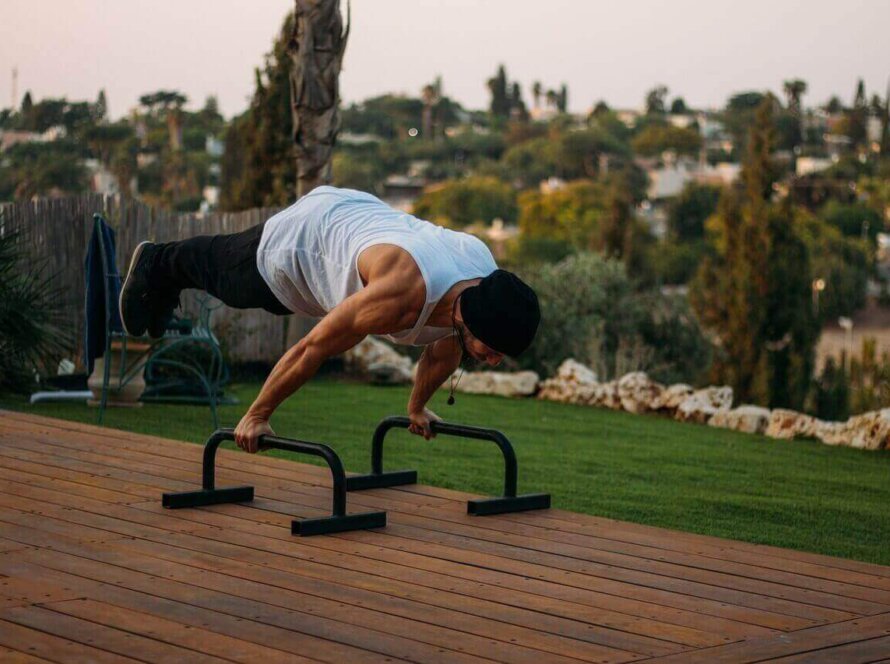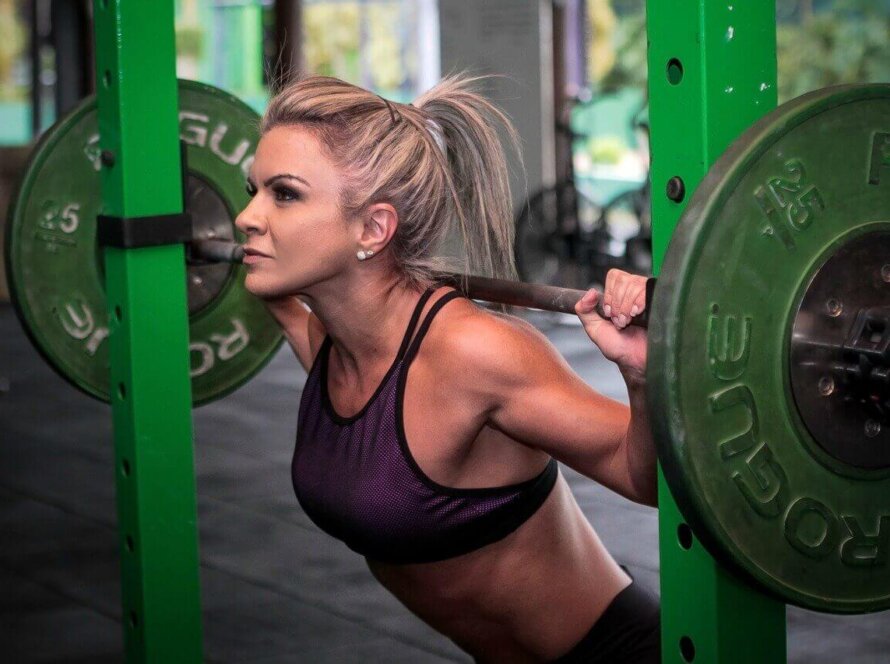Estimated reading time: 5 minutes
Yoga and Pilates are both popular forms of exercise, but which one is better for you? Let’s take a look at the benefits and disadvantages of each to help you decide.
Both Yoga and Pilates have their origins in ancient practices. Historians believe Yoga to dates back 5,000 years. Joseph Pilates developed his style of practice in the early 20th century.
Many famous people swear by either yoga or Pilates for keeping them fit and healthy. Some notable yogis include Madonna, Gwyneth Paltrow and Sting, while celebrities who use Pilates include Kelly Ripa and Jennifer Lopez.
What are Yoga and Pilates?
Yoga is a physical, mental and spiritual practice that originated in India. The word “yoga” comes from the Sanskrit root “yuj,” which means to unite or integrate. Yoga is a system of practices that aims to unite the mind, body and spirit.
Conversely, Joseph Pilates developed his physical fitness system in the early 20th century. It emphasizes mental and physical strength, flexibility and breath control.
The history of Yoga and Pilates
Yoga has been popular in the western world for many years, and there are now many different types of yoga that people can try. It originated over 5000 years ago in India and original forms are still practised today. However, the practice has had many permutations and re-iterations.
Swami Vivekananda introduced Yoga to the West during the 1960s and 1970s, first giving rise to its popularity . Since then, it has become increasingly popular.
Joseph Pilates was a physical fitness trainer who developed Pilates in the early 1900s. He created Pilates as a way to improve strength, flexibility and breath control. Millions of people around the world now practice it as it has become increasingly popular in recent years too.
How Yoga and Pilates are similar
- Experts have shown that the practice of Yoga and Pilates have many health benefits for the mind, body and spirit. It is also an excellent way to cultivate greater awareness in your everyday life by connecting you on levels deeper than what you perceive with your rational thoughts or conscious decisions-to help create balance within yourself!
- Both of them focus on the “process” of moving, rather than the end product. It can either be a goal of being stronger, having a more well-toned body or simply peace of mind.
- Yoga and Pilates workouts invite you to concentrate on the present moment and the movement itself rather than the results.
- They are mat-based programs which tone and condition the muscles. Furthermore they both use body weight as a natural resistance tool. Yoga does not allow for the incorporation of machines or “apparatus” to perform exercises, where Pilates does.
- With either you need little more than a sticky mat. Non-orthodox Yoga practice can also incorporate simple props, like blocks or cushions, to enhance comfort and form. Some Pilates mat exercises use props that can either increase the challenge through the increase of resistance. Alternatively, it may aid in form such as the magic circle, resistance rings, inflated balls or resistance bands.
- Both improve your blood circulation which consequently highly oxygenates the body.
How Yoga and Pilates differ
- Yoga concentrates primarily on strength and flexibility of the spine and limbs. Pilates focuses on building abdominal strength followed by overall flexibility.
- In Pilates, movements start from the centre (core) and extends through the limbs. In yoga, it is the concentration on the breath first, after which practitioners place a focus on deepening a pose.
- In yoga, your main goal is to stay connected to your breathing. In Pilates, the first order of business is the precision of movement, and then, the coordination of that movement with the breath.
- The breathing patterns are different in both. In yoga, for the bulk of the asana practice, the breath is either ujjayi, a smooth, heat-inducing breath that sounds like the ocean, or kapalabhati, a rapid breath that creates greater internal heat. In Pilates, the breath for most exercises is a slow, controlled, diaphragmatic breath, but a few exercises use a rapid, staccato-like breath (similar to kapalabhati breathing in yoga).
- You mostly perform Pilates Exercises lying down, either prone (on the stomach), supine (on the back), or on your side. These movements aim to defy gravity the entire time, engaging the abdominal centre in order to lift up from the ground to lengthen muscles. Conversely, in yoga, most of the poses are done standing and work with gravity by rooting down into the earth, trying to lengthen the body away from the floor.
You should note that in yoga, there are a number of poses done on the floor as well. Examples are seated forward bends, twists, bow pose, and plough. In contrast, Pilates, also contains a standing series, such as the sculpting series or exercises that integrate the magic circle prop.
Which is better for you – Yoga or Pilates
This is akin to asking “Which is the better fruit, apples or oranges?”.
Both can have benefits and disadvantages. Subsequently doing either or a combination of both is definitely better for you than doing neither.
Yoga has a more spiritual element, but yoga classes vary much more. Pilates classes on the other hand tend to follow a more standardised format.
Main Benefits of Yoga
There are many benefits to practising yoga. Yoga can help to increase flexibility, strength, balance and endurance. It can also improve breathing and circulation, and can help to reduce stress and anxiety. Yoga is also known for its spiritual benefits. Namely increased peace of mind and a sense of connectedness to something larger than oneself.
Key Benefits of Pilates
Pilates is a great way to improve overall strength, flexibility and stability. It also helps to increase endurance and can be beneficial for those recovering from injuries. Pilates is especially known for its ability to strengthen the core muscles. This can help to improve posture and prevent back pain.
The verdict – which one should you choose?
What do you want to get out of the class? Both have variants and options to suit your needs. If you want to sweat, try hot yoga or a high-intensity Pilates class. In contrast, if your requirement is more along the lines of relaxation and connecting with yourself on a spiritual level you can opt for a meditative form of yoga.
Yoga and Pilates classes can differ greatly, however they can both benefit you mentally and physically. Consequently, my advice would be to grab a mat and try out some classes locally. You may even want to join an online class!
I would love to hear your thoughts or experiences on Yoga or Pilates practice, so please leave a comment below!




